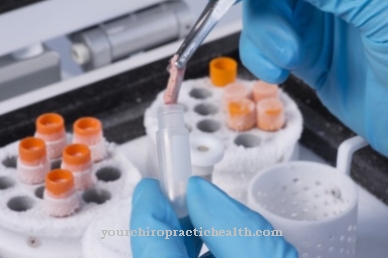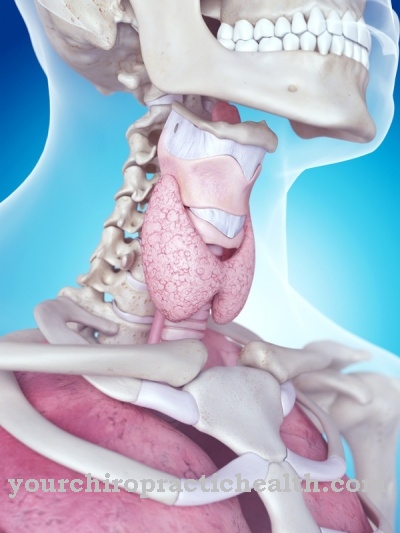Has been for over three thousand years Dentistry practiced, because the ancient Egyptians used them successfully. What is dentistry? What range of treatments does it offer? And what examination procedures are there in dentistry?
What is dentistry?

The Dentistry is the medical specialty that is dedicated to the health of teeth. It is not only about maintaining or replacing already damaged teeth, but also about prevention and aesthetics as well as the treatment of gum and jaw problems.
Within dentistry, a distinction is made between the sub-areas of oral surgery, orthodontics and, increasingly, implantology. In addition to specializations in certain sub-areas, there are also experts in dentistry for special patient groups, such as specialists in pediatric dentistry.
Treatments & therapies
The range of treatments of Dentistry is wide-ranging and, in addition to tooth-preserving and prophylactic measures, also includes treatments that aim to improve the aesthetics of the teeth.
Most of the benefits in dentistry, however, are related to preserving damaged teeth. The fight against tooth decay and periodontitis plays a decisive role. Inadequate dental care and the consumption of foods rich in sugar lead to tooth decay or inflammation of the gums in many patients. In both cases, bacteria nourished by leftover food and receipts are the cause of discomfort.
Without appropriate dental treatment, this can lead to serious damage to the teeth, which can lead to tooth loss. Since tooth decay and periodontitis can be delayed, but their damage cannot be reversed, dentures are often necessary after the pathogen has been thoroughly removed. It depends on how much of the natural substance of the tooth could be preserved. A filling or inlay is sufficient for small interventions.
In other cases a crown is necessary. In the event of tooth loss, dentistry offers the option of prostheses, partial dentures, bridges or implants. These types of dentures not only serve an aesthetic purpose, but also serve dental health. They fit perfectly between the remaining teeth and thus ensure that the jaw and teeth do not shift.
In addition to treating pain caused by tooth decay and gum problems as well as providing dentures, dentistry also ensures that such problems do not arise in the first place. That is why many dental practices regularly offer their patients professionally carried out dental cleanings, which, in conjunction with good nutrition and home dental care, have a preventive effect and maintain dental health.
In recent years, the aesthetic aspect has also become increasingly popular in dentistry. For example, patients can have their teeth whitened (bleaching) at the dentist. In addition, an optical optimization of the dentition with adhesive shells made of all-ceramic (veneers) is enjoying increasing popularity in dentistry.
You can find your medication here
➔ Medication for toothacheDiagnosis & examination methods
In the Dentistry the first diagnosis is made by the patient reporting his symptoms and the dentist then carrying out an initial optical examination. If, for example, a root inflammation is suspected, an X-ray machine is used.
Different dental devices are used depending on the treatment needs. For example, caries must be removed with a special drill. Various anesthetics are used in dentistry in order to provide the patient with an almost painless treatment. In addition to local anesthesia, some dentists also offer their patients treatment under general anesthesia or in twilight sleep. These forms of anesthesia are used, for example, to remove all four wisdom teeth or to place several dental implants.
Basically, there are new technical developments in dentistry every year that offer special advantages in addition to conventional devices such as drills. For example, the dentures can be designed with a CEREC device using a patient photo in a three-dimensional representation. The data of the design are then forwarded to a milling machine, which then uses a ceramic block to manufacture a precisely fitting inlay or a crown.
Such technical developments within dentistry make a significant contribution to enabling dentures that are as realistic and durable as possible. In addition, dentistry still depends very much on the experience and skill of the attending physician to whom the patient entrusts his dental health.
















.jpg)
.jpg)



.jpg)






